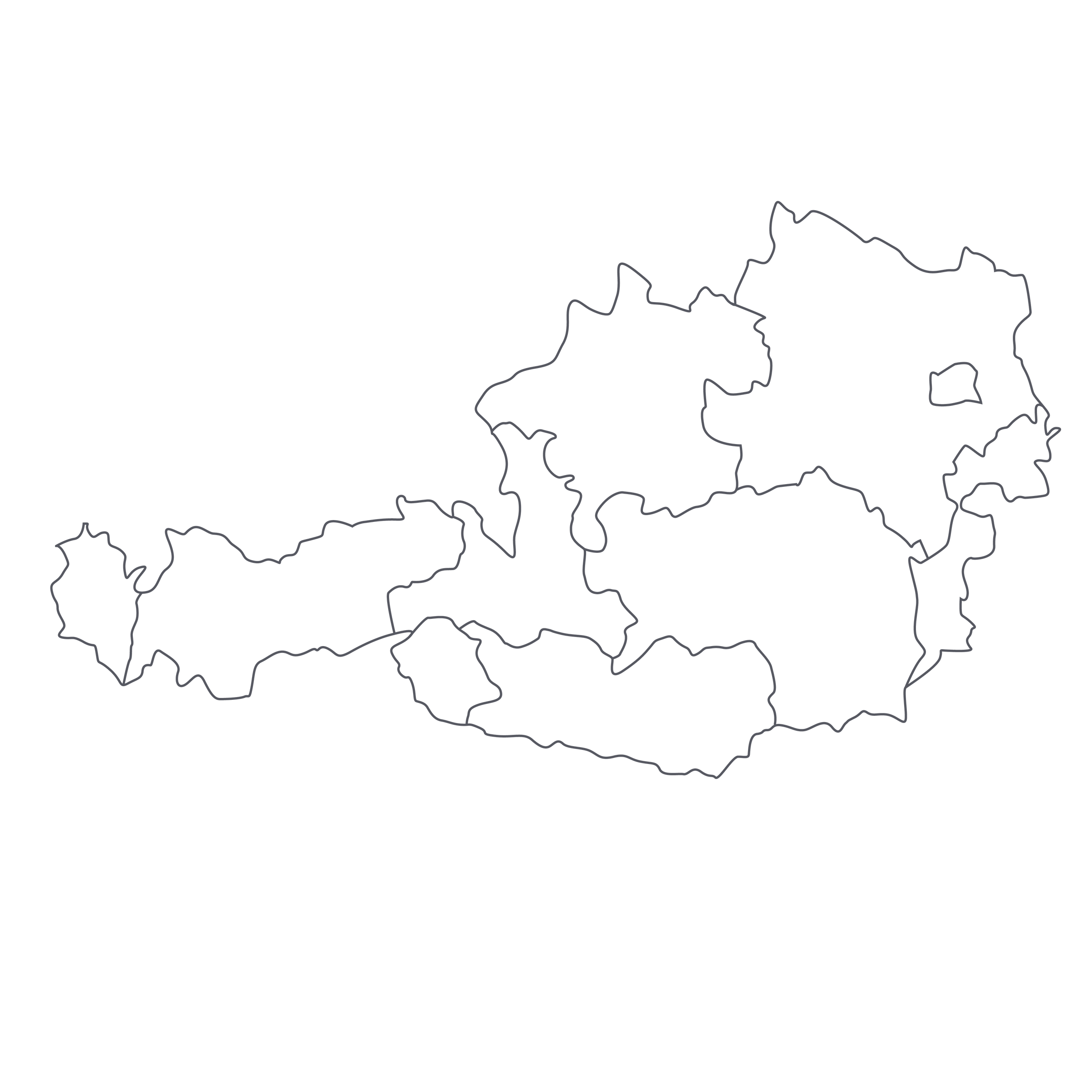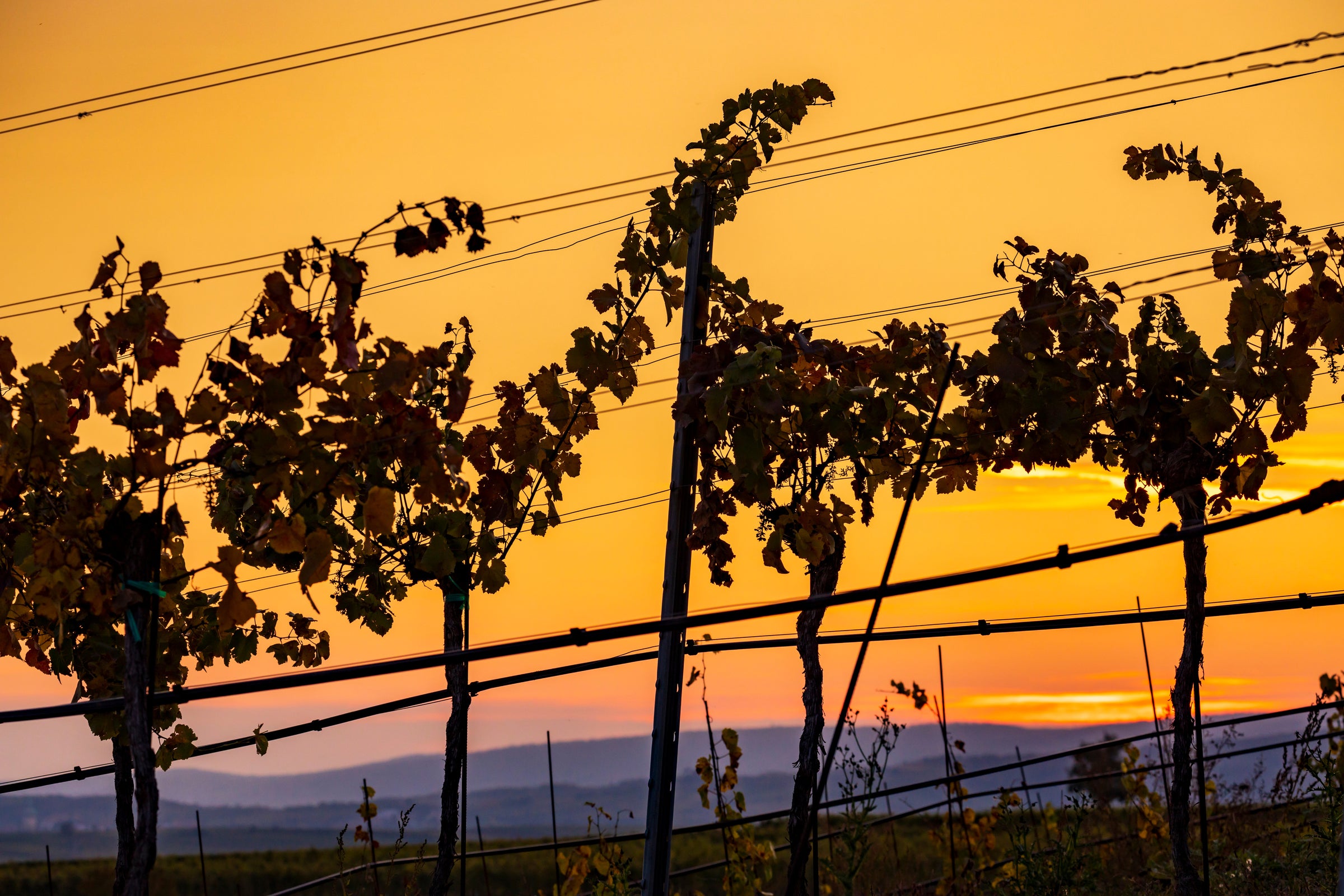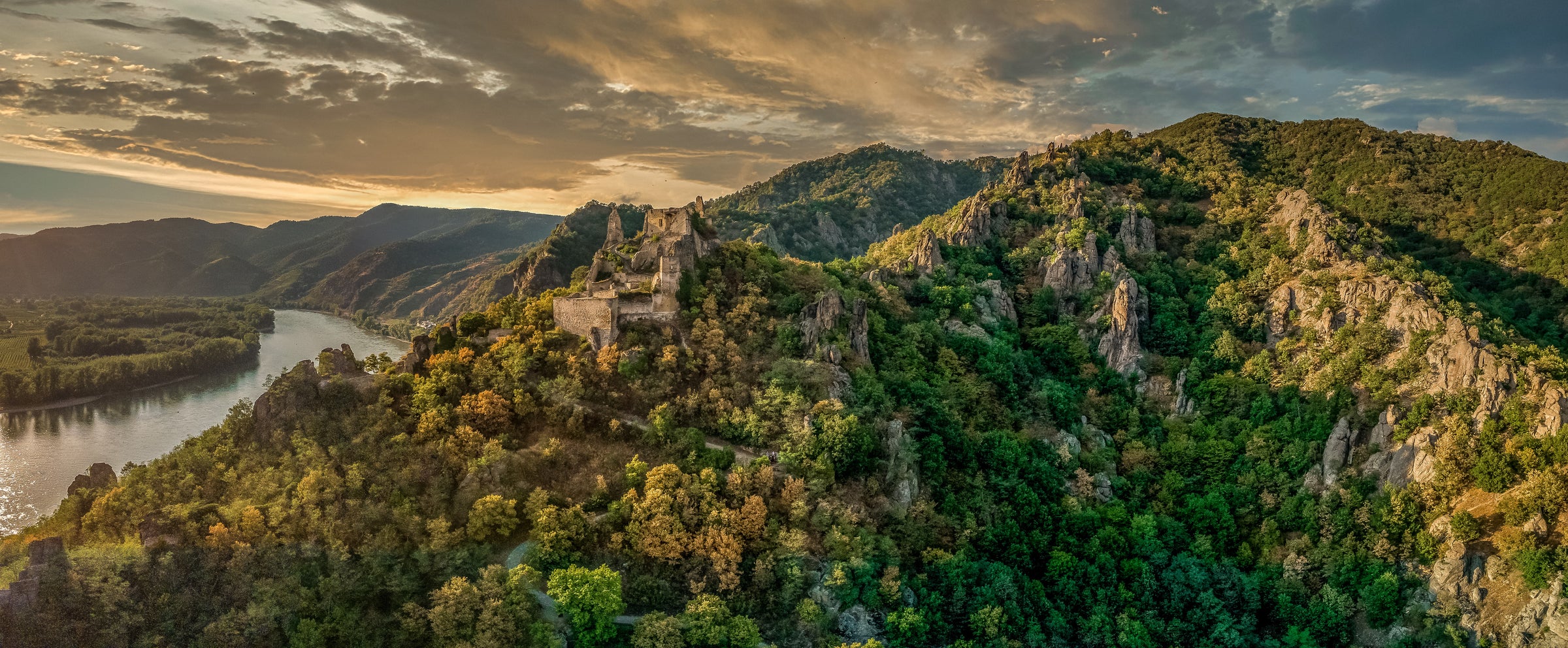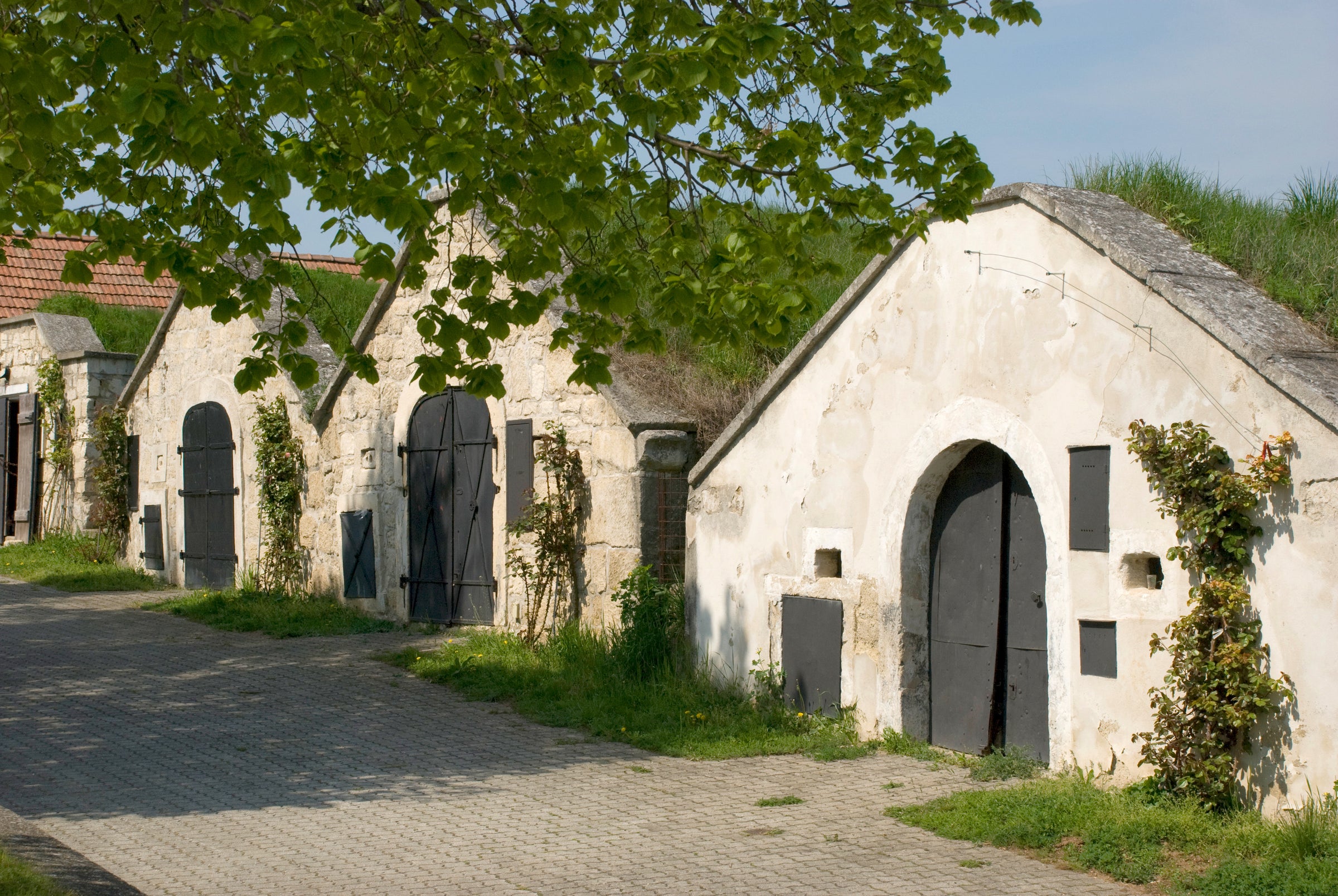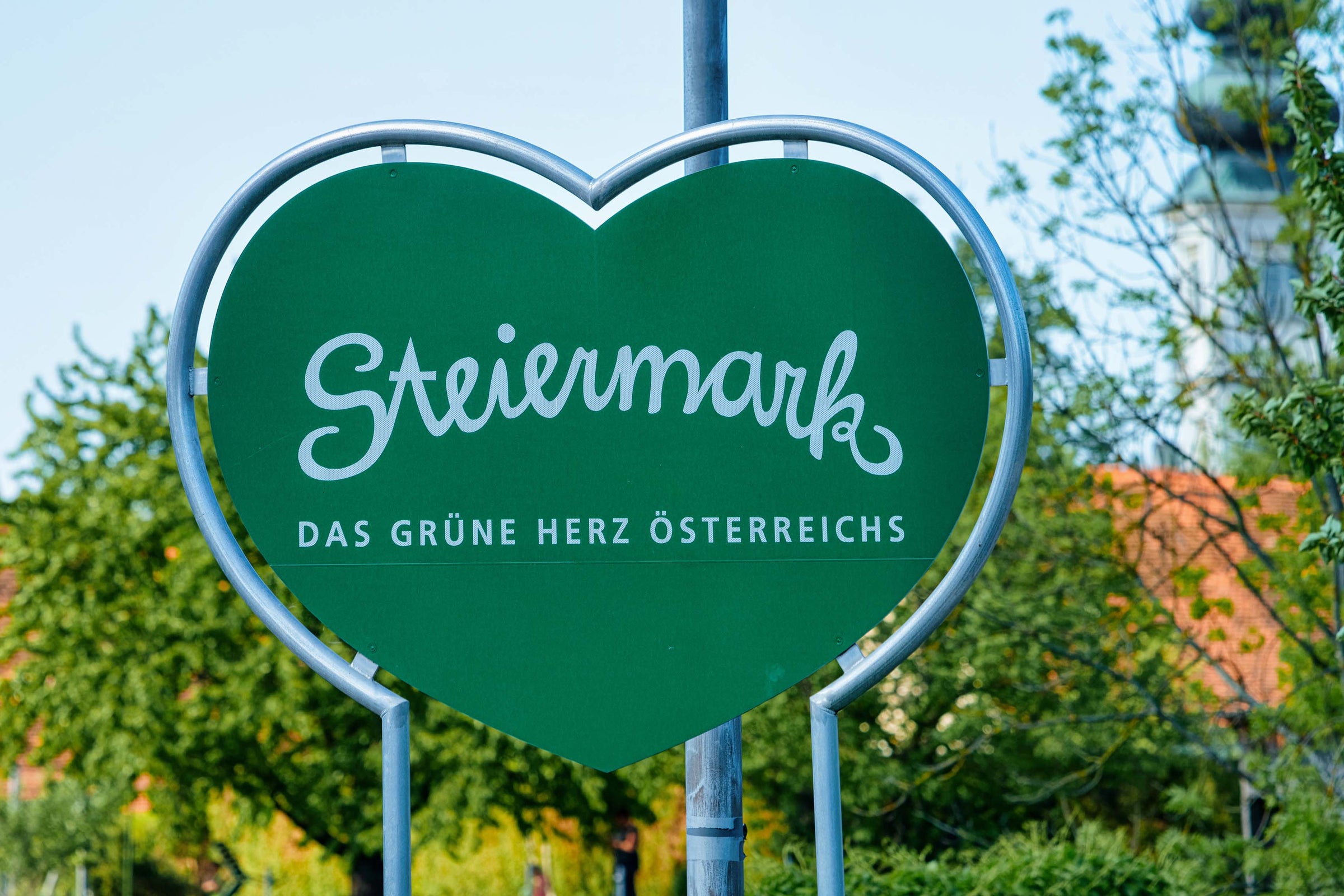We offer a lot of Austrian Grüner Veltliner here on SommSelect, and for good reason. What other white wine category gives you the detail, the complexity, the history, and the craftsmanship of a wine like Sepp Moser’s “Von Den Terrassen?” I’d wager none, at least not for the sub-$30 price tag it comes with. And while we’ve offered previous vintages of this shimmeringly mineral and finely-etched bottling, 2020 is the one that tops all the rest.
Everything we love about Grüner, from its white pepper spice to its waves of juicy orchard fruits to its compatibility with seemingly any dish we put in front of it, is cranked up to the max this year. How Nikolaus Moser manages to cram so much sense of place and sheer deliciousness into a single affordable bottle is beyond me, but the answer comes into focus once you consider the Moser family’s 16 generations of winemaking know-how, biodynamic farming, and prime terraced sites in the Kremstal’s perfect-for-Grüner loess (wind-blown silt) soils. This is the sort of wine I want to have a case of on hand at any moment, ready to pop and elevate any weeknight into something special. Stocking up is highly recommended!
BONUS: We have additional access to Sepp Moser’s 2019 Riesling, which is a dry, crystalline, and, yes, profound expression of Kremstal. Owning both of these would be a masterclass in Austrian white wine. Click here to acquire up to six bottles.
By now, Grüner Veltliner is a household name—and, if you’re smart, household staple—but the Moser estate remains criminally underappreciated. The Mosers are deeply important not just in Kremstal, but in all of Austria. In the early 1950s, Nikolaus’ grandfather, Lenz, invented the vine training system most Grüner vines in the country are now farmed on. Sepp Moser, Nikolaus’ father, began the modern era of the family’s enterprise in 1986, and was one of the first to re-establish Austria’s global reputation after the 1985 scandal. When he took control, he actually reduced the family’s holdings, focusing on only their best sites. In 2000, Nikolaus assumed the mantle from his father, and began the arduous task of organic and biodynamic conversion. Finally certified in 2008, the family’s Demeter certification now sits proudly next to the Kremstal DAC designation on the label.
Nestled between the cooler Wachau and warmer Kamptal the Kremstal is prime Grüner territory. Like the Wachau, Kremstal overlooks the Danube River, but its soils feature a higher proportion of the loess soils the variety loves so much. This sedimentary mixture of silt and clay retains water well, perfect for a grape that struggles at any sign of drought. For my money, this is where Grüner is best, these grass-strewn valleys and heavier soils imbuing the variety with a particularly high-toned sense of poise. Nikolaus Moser’s best vineyards are terraced at high elevations, and as the “Von Den Terrassen” name implies, this bottling is sourced entirely from these south-facing, perfectly exposed sites.
The 2020 Sepp Moser Grüner Veltliner “Von Den Terrassen” pours a glimmering yellow-gold. Aromas of lemon, grapefruit, lime zest, apple blossom, white peach, white pepper, celery seed, radish, tarragon, and chervil continue onto the wine’s medium-bodied, densely packed palate. Served in an all-purpose stem at 45-50 degrees, the acids are invigorating but never obstruct the gorgeous wash of fruit, and a very faint prickle of CO2 (a signature of great Grüner, in my opinion) only adds to the refreshment. It’s thirst-quenching and irresistible out the gate, but will only add weight and spicy complexity with a few years of age. Drink it alongside a winter vegetable salad and get on board the Sepp Moser train!
